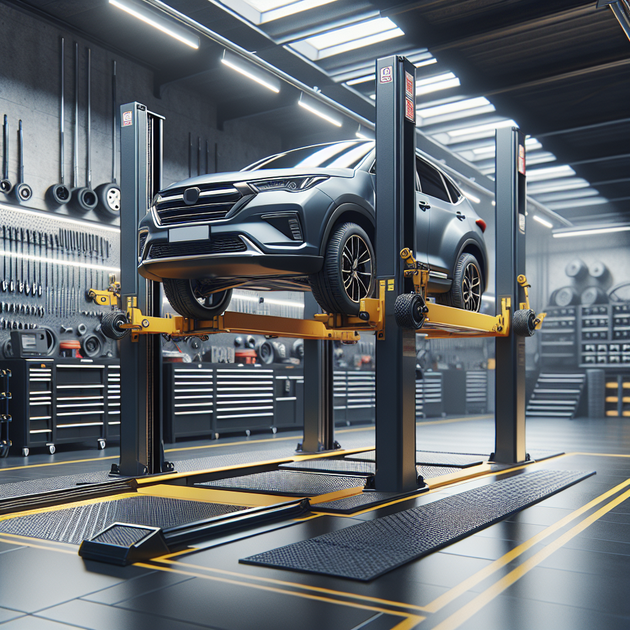Ever stood in a garage and stared at a car hoisted above your head—wondering if it’s really safe to go under? It’s a fair question that could save your life. Whether you’re a professional mechanic or just someone who likes tinkering with cars at home, understanding lift safety is absolutely essential.
Why Lift Safety Matters More Than You Think
A surprising number of injuries (and even deaths) happen every year because people trust equipment that isn’t up for the job. According to the Occupational Safety and Health Administration (OSHA), improper use of automotive lifts leads to hundreds of accidents annually. Many of these could have been avoided with just a quick check.
Your life literally depends on whether that equipment is set up right. It doesn’t matter if you’re at a fancy dealership or just using your own jack stands in the driveway—the rules are the same.
How Can You Tell If It’s Safe?
Spotting an unsafe situation isn’t always about fancy tools or warning labels. Here are some things you’ll want to check every single time before going under:
- Inspect the Equipment: Look for rust, cracks, or leaks on lifts and jack stands.
- Check the Rating: Make sure your gear can actually support the weight of your vehicle.
- Solid Placement: Lifts should be on flat ground. Jack stands must sit firmly without wobbling.
- Lock Mechanisms: Never trust only hydraulic pressure—make sure mechanical locks are engaged.
- No Signs of Shifting: If anything moves when you push or shake it lightly, don’t risk it!
For more details on staying safe in your garage, take a look at this guide from NHTSA, which covers essential workshop precautions.
The Most Common Lift Safety Mistakes
Even experienced folks sometimes skip steps or cut corners. Here are some classic mistakes—and why they’re so risky:
- Skipping Jack Stands: Relying only on a hydraulic jack can lead to disaster if it fails.
- Poor Vehicle Positioning: Not centering the car on the lift arms creates balance issues.
- Ineffective Communication: In busy shops, not letting others know you’re working underneath can be deadly.
- Lack of Regular Maintenance: Failing to service lifts means small problems become big dangers over time.
For mechanics or anyone working solo, using quality jack stands is non-negotiable. The folks over at Consumer Reports recommend always using pairs—even with lightweight vehicles.
A Real-World Story (And What You Can Learn)
One Saturday afternoon in my neighbor’s garage, we watched as he prepared to change his oil using nothing but an old bottle jack. He gave it a little shake and shrugged when it wobbled slightly. “It’ll hold,” he said.
Before crawling underneath though, I suggested we grab his jack stands from the corner—dusty but sturdy-looking. As soon as we lowered the car onto them properly and took away the jack… SNAP! The hydraulic cylinder failed almost instantly. If he’d been under there without those stands? We probably wouldn’t have been talking about it later.
It was a close call that drove home just how crucial proper setup and redundancy are for any kind of work under vehicles.
Your Essential Pre-Check List Before Going Under
Before trusting any lift—or even basic jack stands—run through these quick checks:
- Are all contact points solid and secure?
- Is there backup support (like a second stand)?
- No odd creaks or shifts when you nudge things?
- Lifting gear rated for your exact vehicle weight?
- No visible defects anywhere?
If anything feels off—even just a tiny bit—it’s worth stopping and double-checking everything again.
The Bottom Line on Lift Safety
Making sure your setup is truly safe doesn’t take much extra time—but skipping it could cost everything. No shortcut is worth risking serious injury or worse.
So next time someone asks “is that shit safe to go under?”, remember these tips—and never be afraid to speak up if something doesn’t look right.
What extra steps do you take before getting under a vehicle? Share your thoughts below!

Leave a Reply